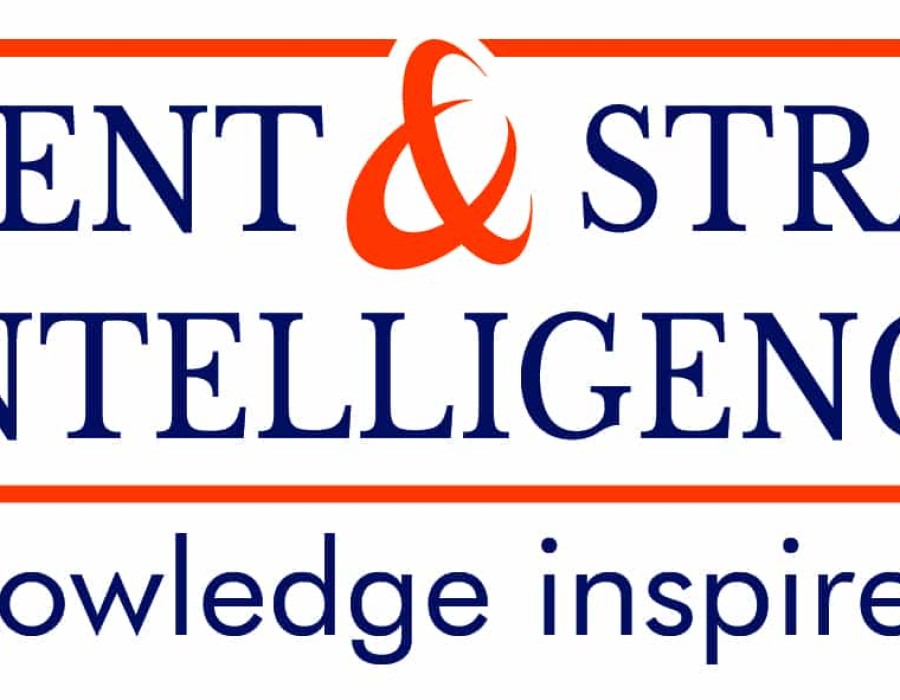Automakers around the world are integrating advanced safety and security systems, such as lane departure warning systems, roadside assistance, and tire pressure monitoring systems, in their vehicles to mitigate the chances of road accidents. As these systems require uninterrupted internet connection, increasing integration of such vehicle security systems, to meet the safety guidelines of governments, will result in the largescale adoption of automotive ethernet in the foreseeable future. According to the World Health Organization (WHO), nearly 1.3 million people die each year due to road traffic crashes.
Additionally, the rising demand for connected solutions to offer greater convenience to the passenger will drive the automotive ethernet market at an exceptional CAGR of 19.4% during the forecast period (2021–2030). According to P&S Intelligence, the market revenue will rise from $2 billion in 2020 to $10 billion by 2030. The integration of state-of-the-art solutions, such as connected devices, artificial intelligence (AI) technology, and communication solutions, in connected vehicles to enhance the driving experience and improve customer satisfaction is generating extensive demand for automotive ethernet worldwide.
Moreover, the advent of autonomous vehicles and connected cars, owing to rapid technological advancements in the automobile industry, has also created a huge requirement for ethernet. Prominent features of autonomous and connected vehicles include traffic and collision warnings, smartphone connectivity within the vehicle, roadside assistance, and automobile diagnostics, which help in controlling the reckless behavior of drivers. The incorporation of these solutions will lead to the replacement of the conventionally used cabling with automotive ethernet as the latter connects the automobile components with more-effective and lighter wires, which reduces cabling weight and connectivity costs.
The bandwidth segment of the automotive ethernet market is categorized into 1 Mbps, 100 Mbps, 1 Gbps, and more than 1 Gbps. Under this segment, the 1 Gbps category is expected to demonstrate the fastest growth throughout the forecast period due to the mounting investments being made by automakers in the development of 1 Gbps bandwidth networking solutions to provide high-speed data transmission and smooth functioning. Implementation of networking solutions with 1 Gbps bandwidth helps automobile manufactures in attaining low latency with good connectivity in vehicles.
Automotive ethernet with varying bandwidths is incorporated in commercial vehicles and passenger vehicles for infotainment systems, powertrain, and advanced driver-assistance systems (ADAS). Ethernet hardware and software used in such vehicles are offered by Texas Instruments Incorporated, Molex LLC, Broadcom Inc., Vector Informatik GmbH, Marvell Technology Group Ltd., TTTech Computertechnik AG, Microchip Technology Inc., Cadence Design Systems Inc., NXP Semiconductors N.V., and System-on-Chip Engineering S.L. These companies also offer consulting, implementation, and training and support services to automobile manufacturers.
In the forecast years, the Asia-Pacific (APAC) automotive ethernet market will witness the fastest growth due to rapid technological developments, rapid economic growth of regional nations, and the implementation of regulations supporting the automotive industry growth in the region. Besides, the soaring number of automobile manufacturing plants, mounting vehicle demand, on account of the rising disposable income of people, and booming population in India and China will also supplement the market growth in the region in the coming years.
Therefore, the soaring demand for autonomous and connected vehicles and increasing integration of advanced safety and security features in automobiles will encourage the incorporation of automotive ethernet in the upcoming years.





Comments